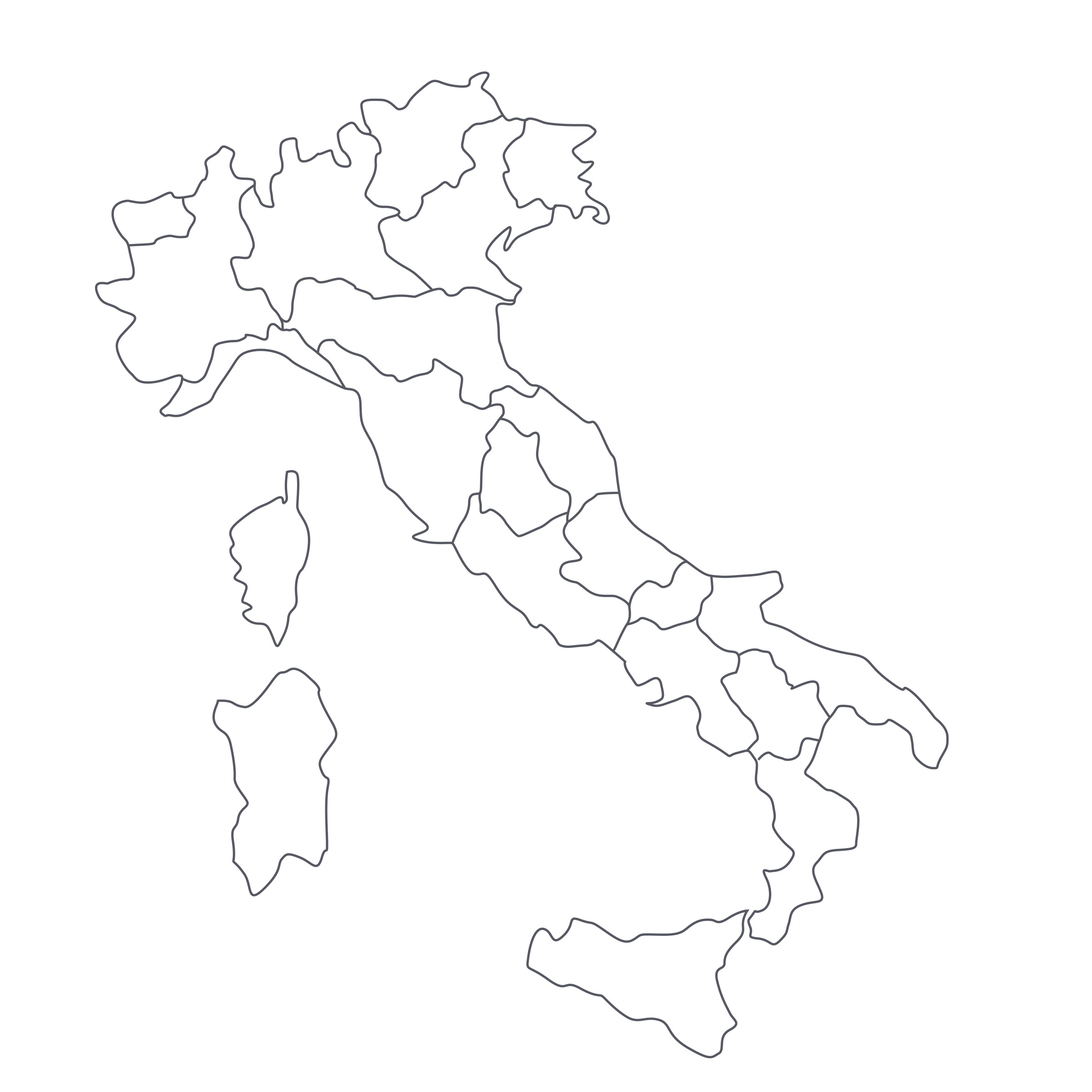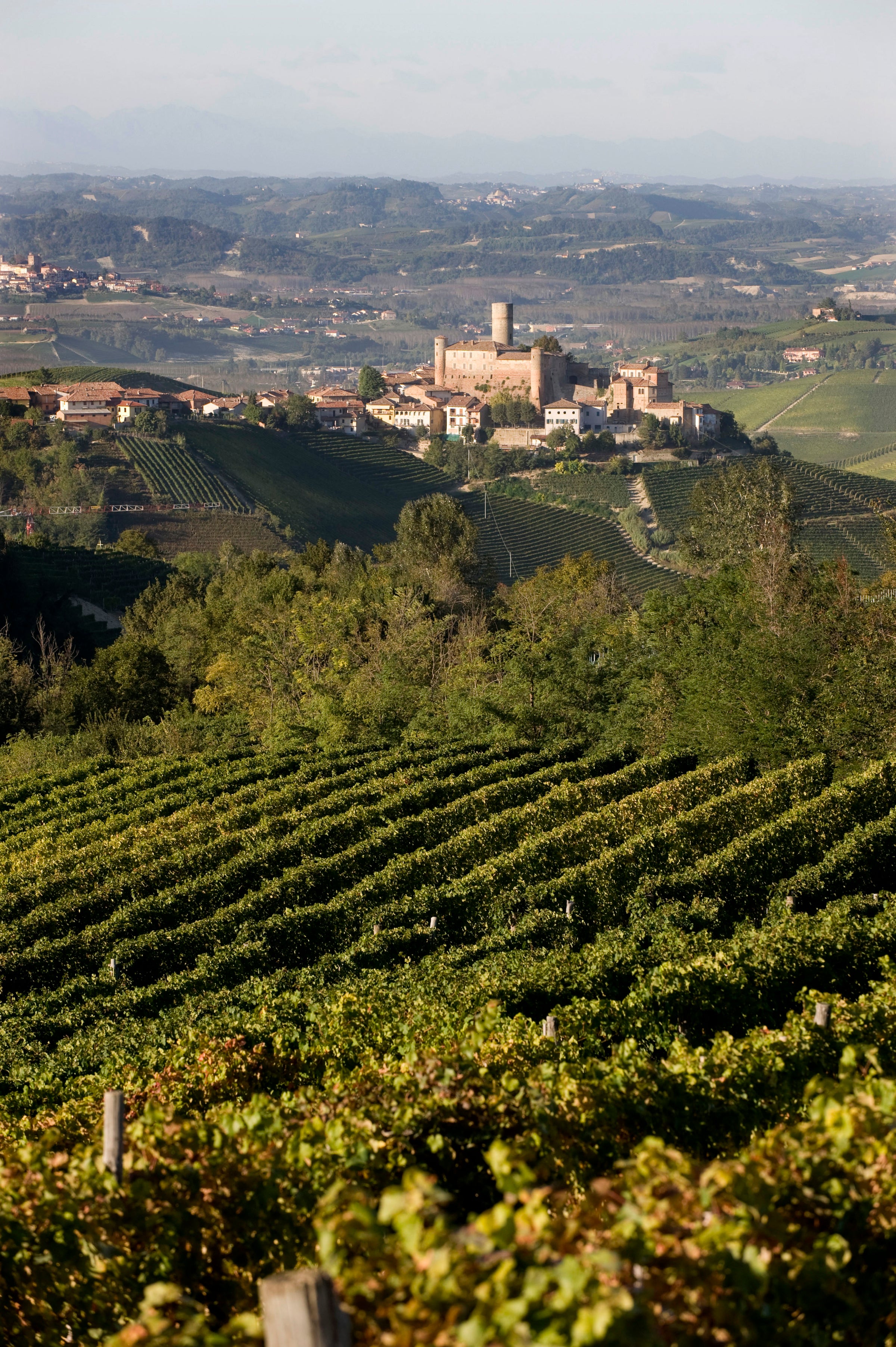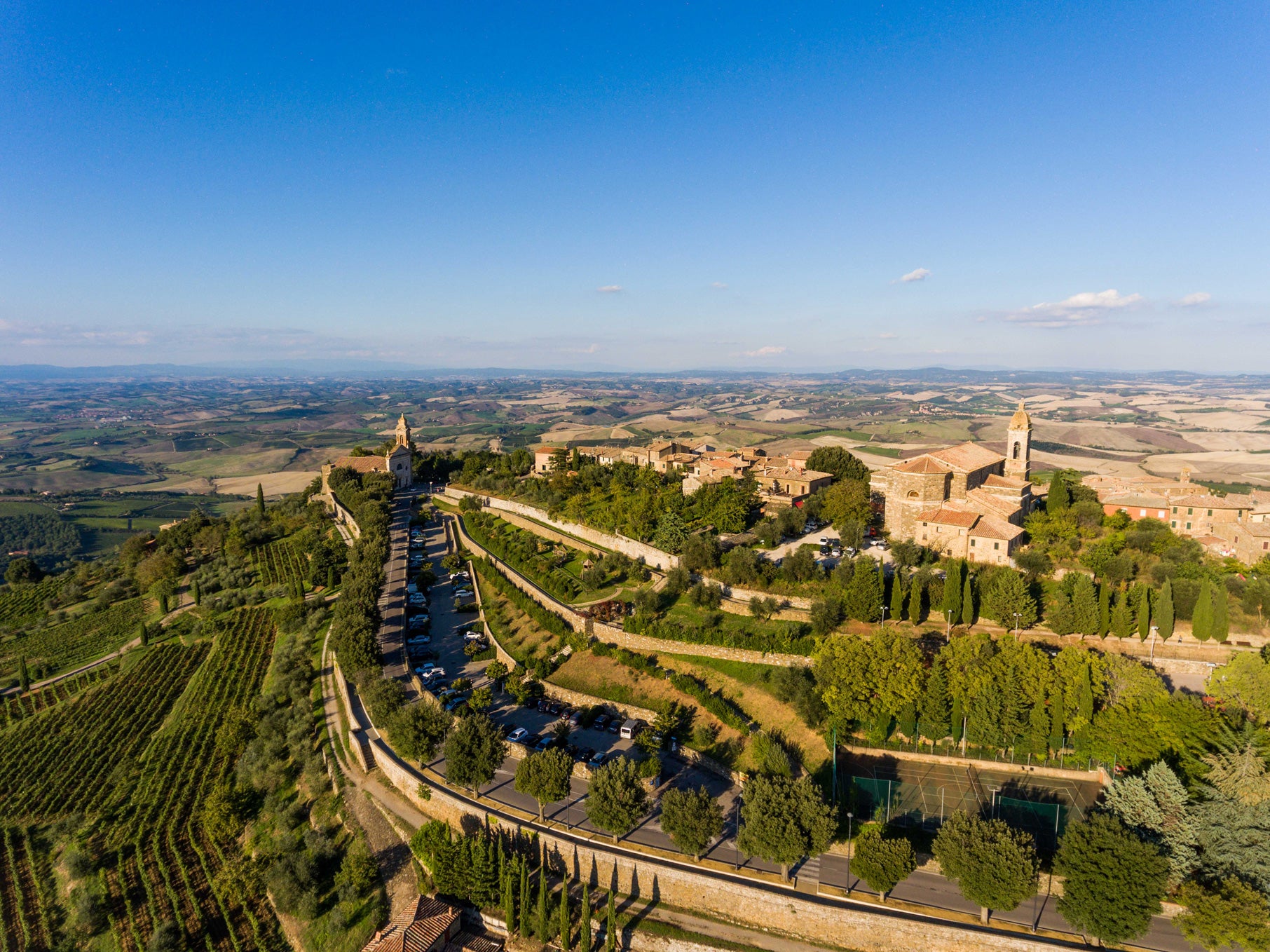The thing about wine is: Once you think you know a few things, you quickly learn how much you still don’t know. I thought I knew a little something about Brunello di Montalcino, but then again, I haven’t visited all the 300-ish estates in the region—so when I first visited Piancornello years ago, it was a revelation.
My friend Maurizio Castelli, one of Tuscany’s greatest consultant winemakers, brought me there—I probably wouldn’t have found it on my own—and I remember walking away from our visit feeling like I’d discovered fire. Tucked away in the hamlet of Sesta, at the southern end of the Montalcino DOCG, Claudio Monaci’s property is small—with only about 10 hectares of vines—and Montalcino is densely populated with big-name, big-money operations. Piancornello is not a famous name, but it should be. Take a spin around the internet and you’ll find glowing critical praise for this stunning 2012 Brunello di Montalcino Riserva; it is an elite wine in every regard, except in terms of name recognition and price. If you are someone who collects wines based on what’s in the bottle, not on the label, this wine will reward the investment for 20+ years to come. I don’t say that about many Brunellos—in my experience, only a handful of them truly stand the test of time—but I say it unequivocally here. Our whole team was blown away by this wine, and you will be too!
And here’s another thing I loved about this wine: It’s a great example of the blurring of the lines between “traditional” and “modern” in Montalcino. I see the same thing happening in Piedmont’s Barolo and Barbaresco: Rather than choosing a side, many producers are following what might be called a “third way” approach, crafting wines that incorporate both traditional and modern methods. What I see in Piancornello’s 2012 Riserva is a wine that is polished, clean, and showing some oak influence while also feeling authentic, place-expressive, and, most importantly, true to the proportions of the Sangiovese grape. In pursuit of high critics’ scores, so many Montalcino producers chased a style driven by weight; it’s great that this 2012 received so much praise for being more nervy, aromatic, and focused. It’s that freshness and drive that’ll sustain it for the long haul—not some overabundance of extract and tannin. Even in the warmer, southern Tuscan confines of Montalcino, Sangiovese should sing soprano, maybe baritone, but not bass.
What I’m trying to convey here is how wines can be powerful without feeling heavy. It’s a magical quality shared by many of the world’s great reds, and I think this wine has it. Monaci and family have obtained organic certification for their vineyards, and ferment their wines in concrete vats using only the native yeasts that collect on the skins of the grapes. This wine was aged some 40 months in mostly larger ‘botti’ of 40-hectoliter capacity, then another six months in bottle. In keeping with the rules governing riserva-level wines—which are only produced in exceptional vintages—this wine was first released at the beginning of this year (by law a Riserva doesn’t enter the market until the beginning of the 6th year after the vintage year). Only about 3,000 bottles were produced.
In the glass, Piancornello’s 2012 Riserva is a luminous, not-quite-opaque ruby moving to garnet at the rim. Aromatically, it starts out a little reticent at first, but as it takes on air it seduces with scents of morello cherry, blackberry, red and black currant, sandalwood, tobacco, underbrush, and crushed black rocks. Yes, it qualifies as ‘full-bodied,’ but not in a blocky, viscous way—it is muscular and laser-focused on the palate, with very well-integrated oak at this young age. As Riservas go, it is surprisingly drinkable now, but the big takeaway is its marvelous tension: It should age gracefully for 20+ years if kept well, likely hitting its peak drinking window around 2025. Given a good hour in a decanter, however, it’ll make quite an impression now, too: Serve it at 60-65 degrees on a cold night this winter with some braised short ribs and you might have trouble keeping your hands off the remainder of your stash. If you have a stash. Which you should. It’s that good!




